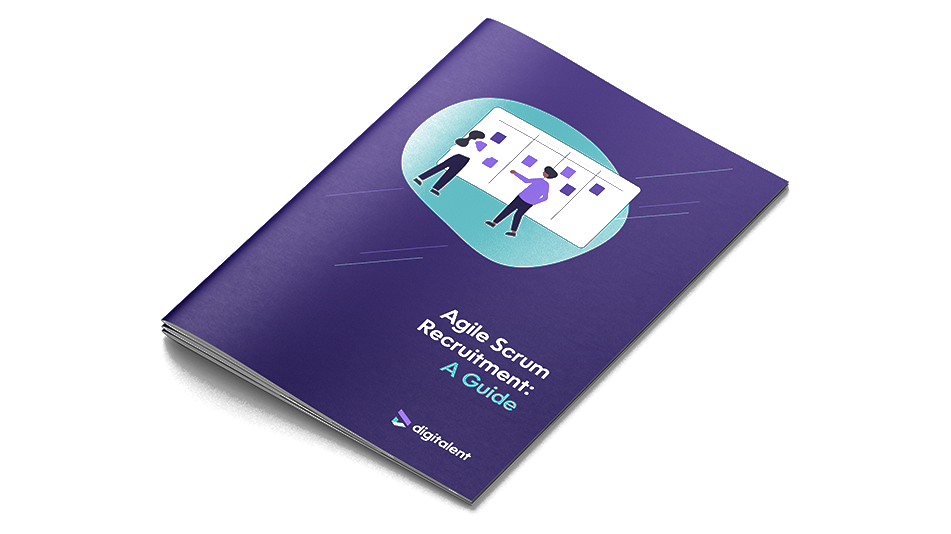
Cross-functional teams are becoming increasingly popular in the technology and creative industries. They bring together individuals with different skills and expertise to work towards a common goal.
In this blog post, we'll look at the benefits of a cross-functional team, as well as the different roles within.
By the end of this post, you'll have a better understanding of the advantages and what you need to consider when recruiting for your cross-functional team.
What are the Benefits of a Cross-Functional Team?
Scrum teams offer a variety of advantages that can greatly benefit an organisation.
- Efficiency: By having team members with different skills and expertise, a cross-functional team can handle a wide range of tasks, resulting in increased efficiency.
- Communication: With different perspectives and experiences, a cross-functional team can improve communication and collaboration.
- Employee engagement: Cross-functional teams allow employees to take on different roles and responsibilities, which can lead to increased engagement and job satisfaction.
- Innovation: The diverse perspectives and skills of a cross-functional team can lead to more creative and innovative solutions.
These are just a few of the many benefits of Scrum teams, and organisations that invest in them can experience significant improvements in productivity, efficiency and innovation.
Roles Within a Cross-Functional Team
There are three core roles within a cross-functional team. These are outlined below.
Scrum Master
The Scrum Master is the person responsible for managing the processes and ensuring that the team is working together effectively. They act as a coach, mentor, and facilitator to help the team achieve their goals.
Responsibilities of a Scrum Master
- Facilitating meetings and communication within the team
- Ensuring that the team follows the Scrum framework and processes
- Identifying and removing obstacles that may impede the team's progress
- Acting as a liaison between the team and other stakeholders
Product Manager
A Product Manager is responsible for the overall success of a product. They will set the product strategy and vision, conduct market research, define product requirements and work with cross-functional teams to bring the product to market.
Responsibilities of a Product Manager
- Work with external stakeholders
- Monitor product performance
- Make data-driven decisions to improve the product
Development Team
The Development Team is responsible for the actual development of the product. They are the ones who take the product backlog and turn it into a working product.
Responsibilities of a Dev Team
- Developing the product according to the product backlog
- Communicating with the Scrum Master and Product owner
- Identifying and addressing any technical issues
- Continuously improving the product and processes
Hiring for a Cross-Functional Team? Here's What You Need to Consider
As we’ve discussed, building a cross-functional team can bring many benefits to your organisation, including increased efficiency and innovation.
When recruiting for a cross-functional team, it's important to understand the different roles and responsibilities within the team. By considering the specific skills and experiences needed for each role, you can ensure that you are attracting the right candidates and building a team that will help you achieve your goals.
If you need further assistance in building a cross-functional team, don't hesitate to contact us for more information.
